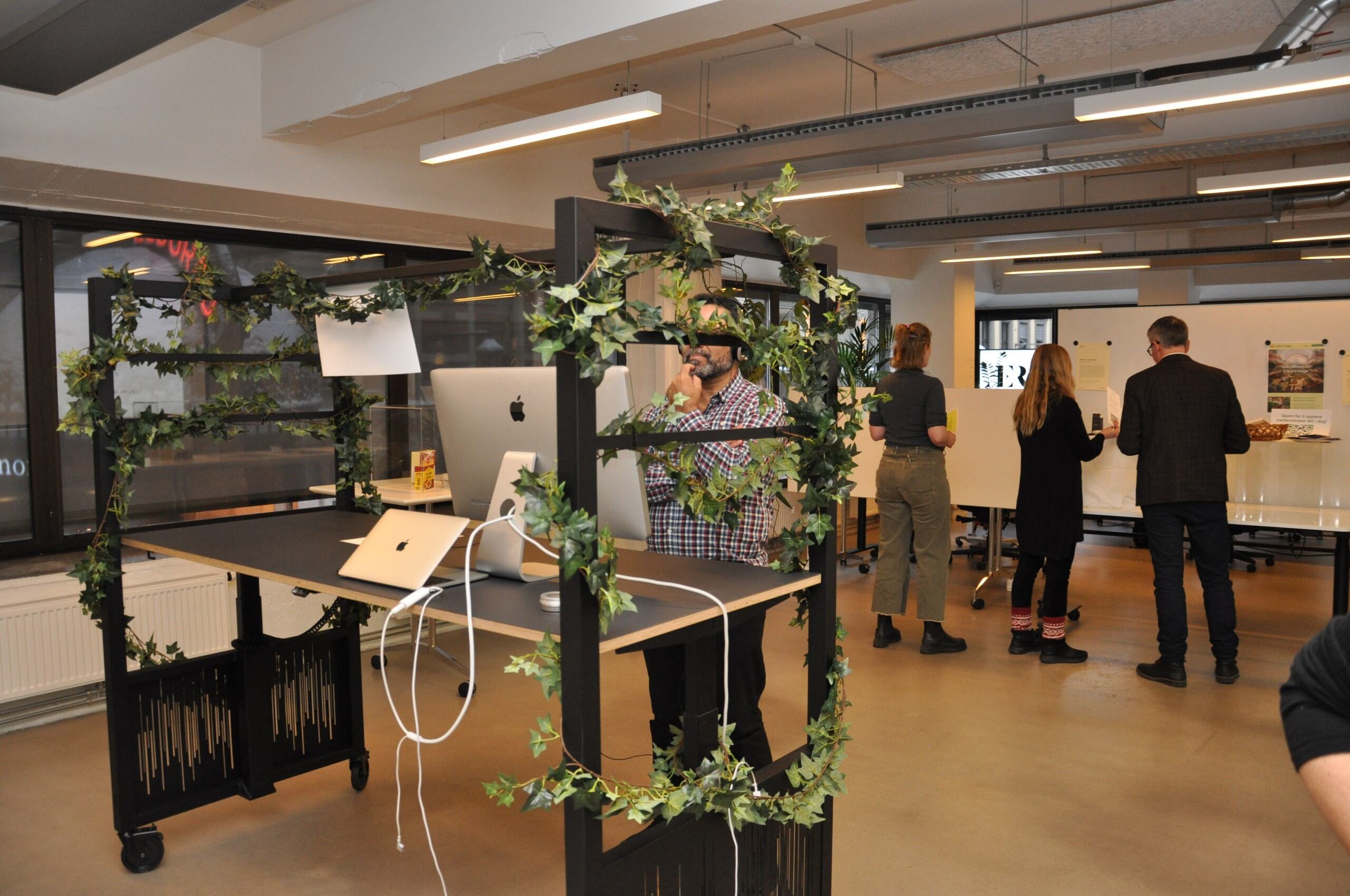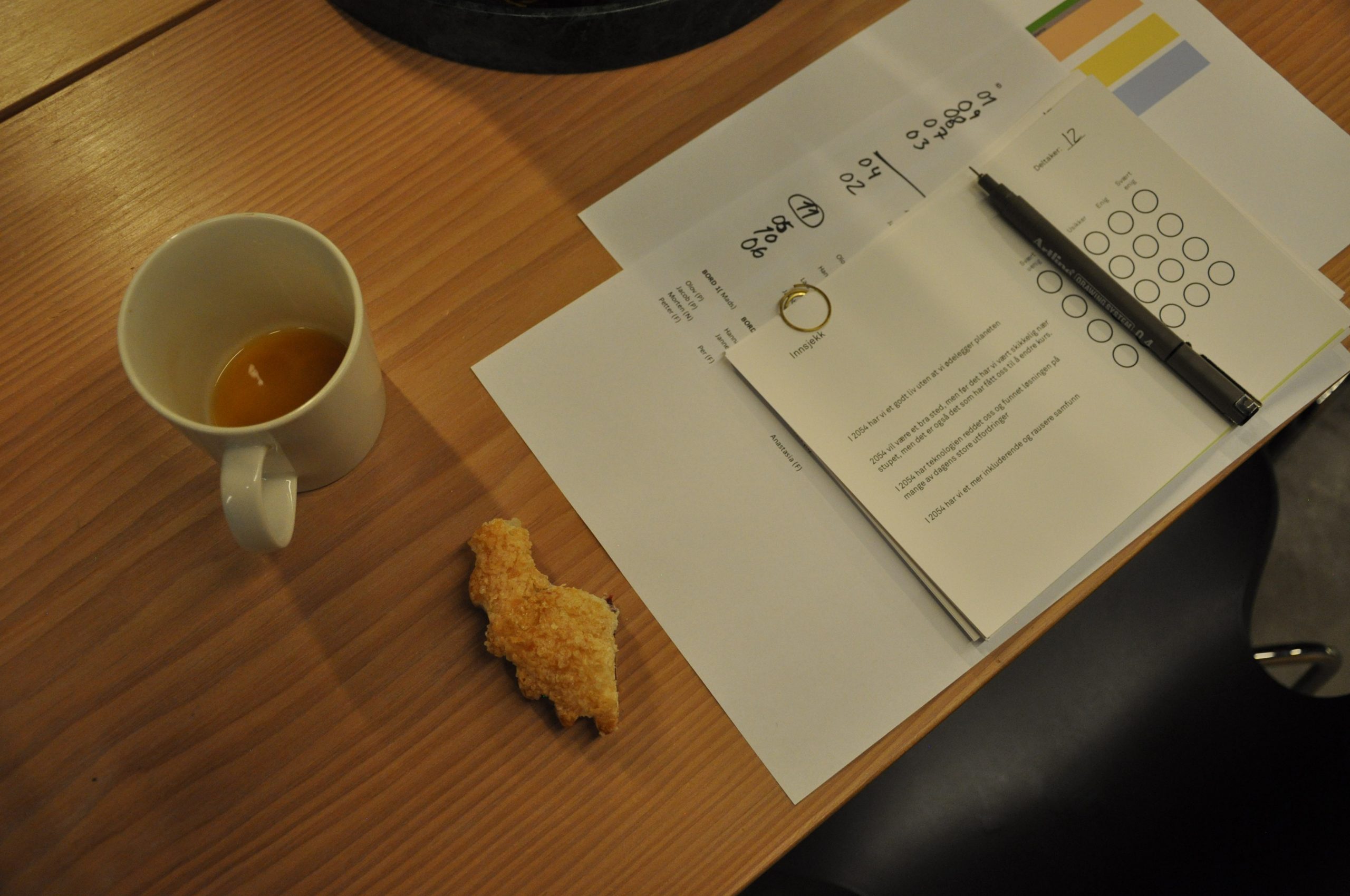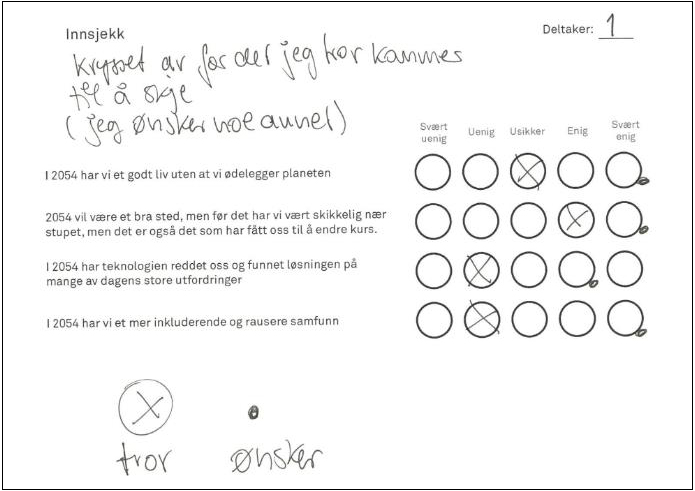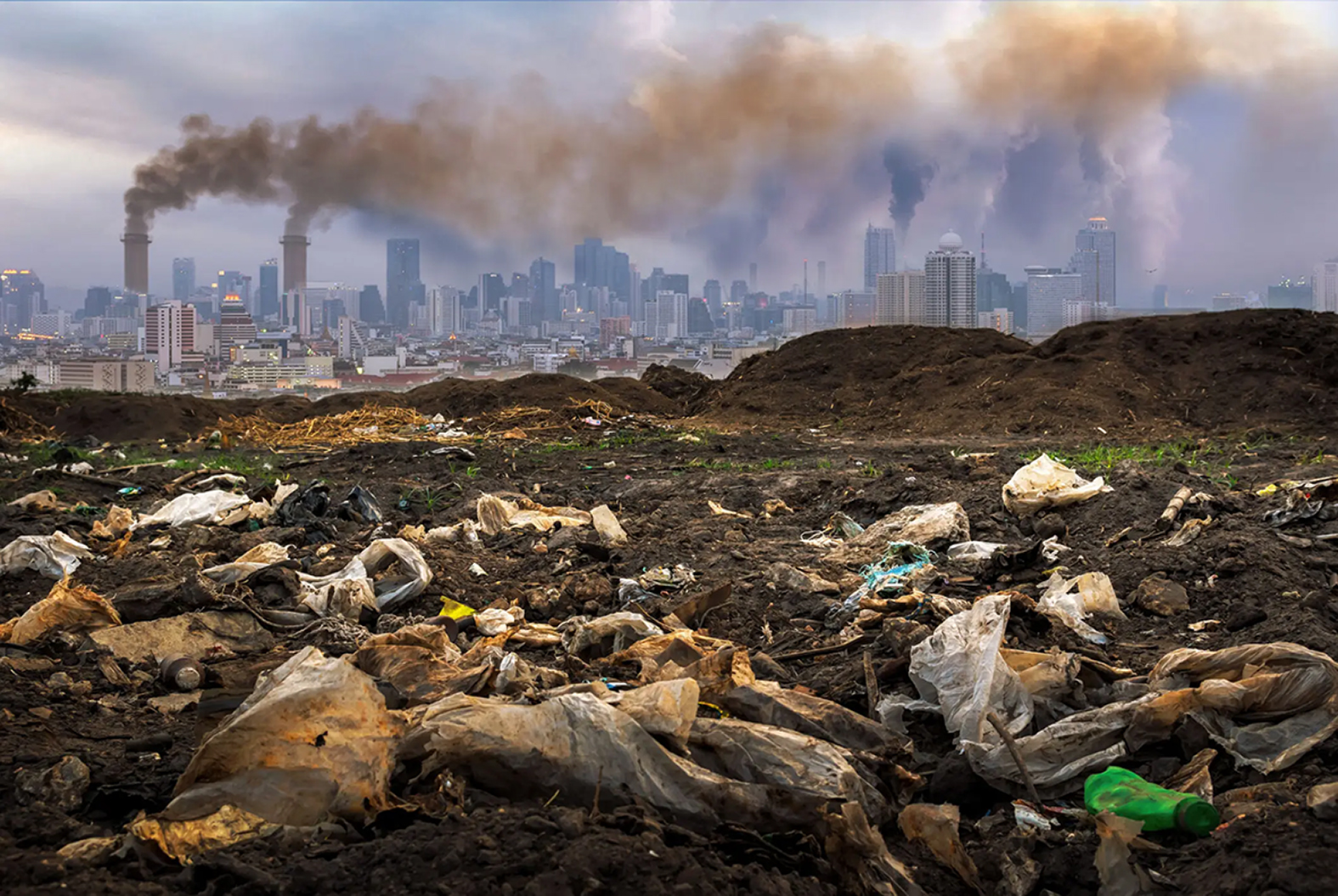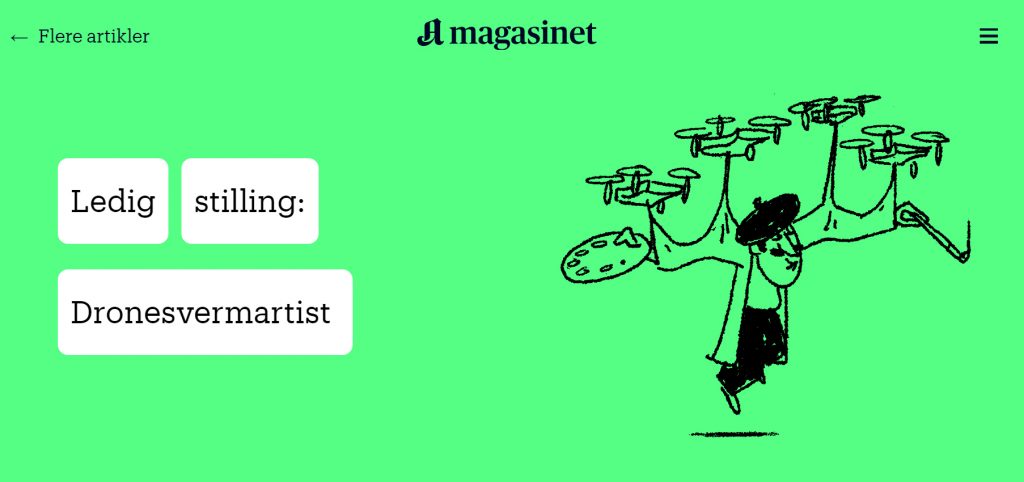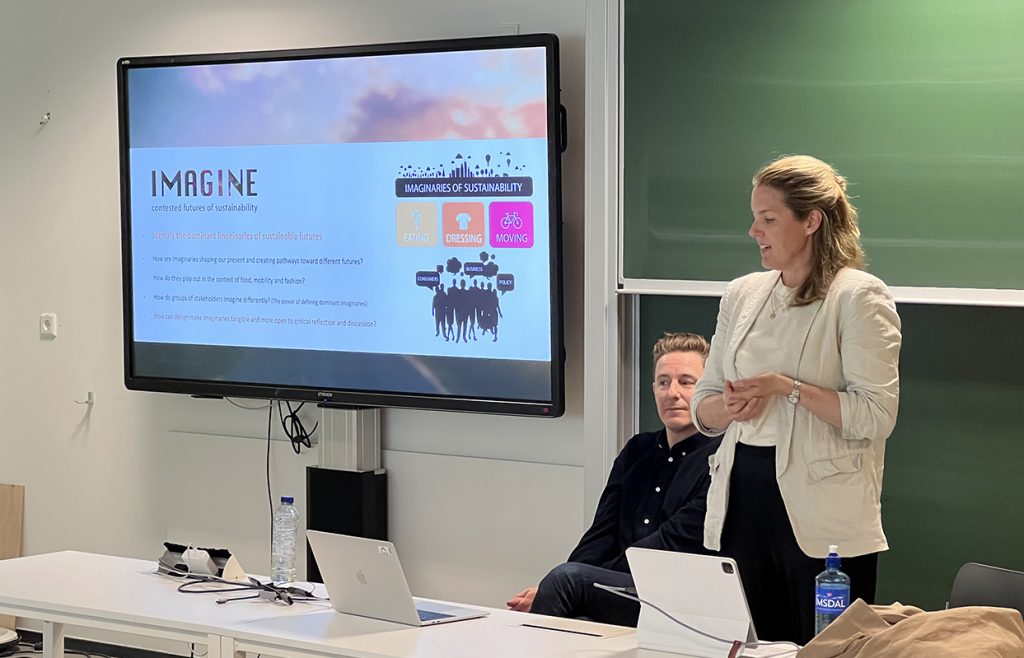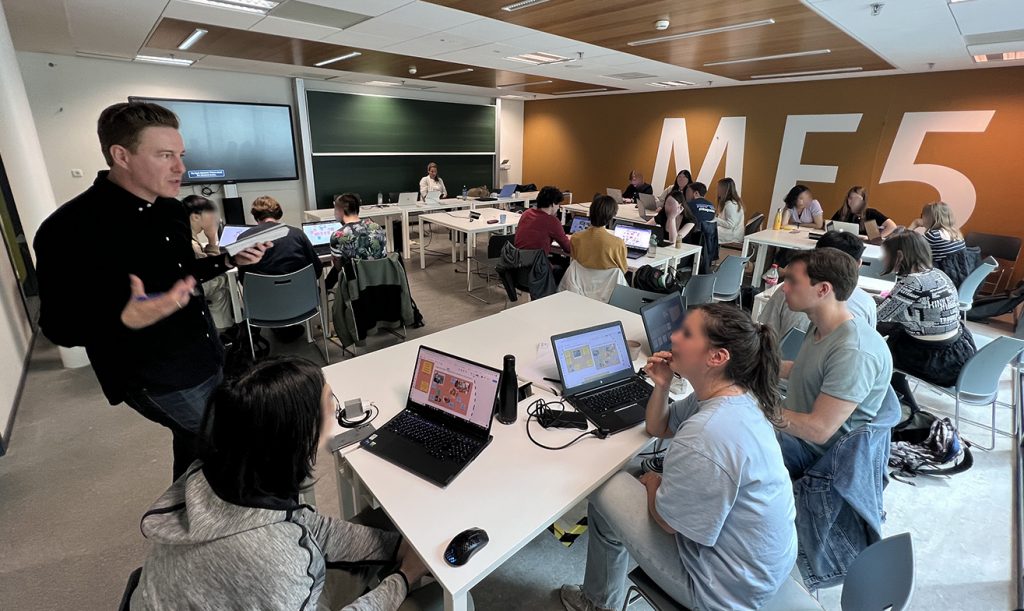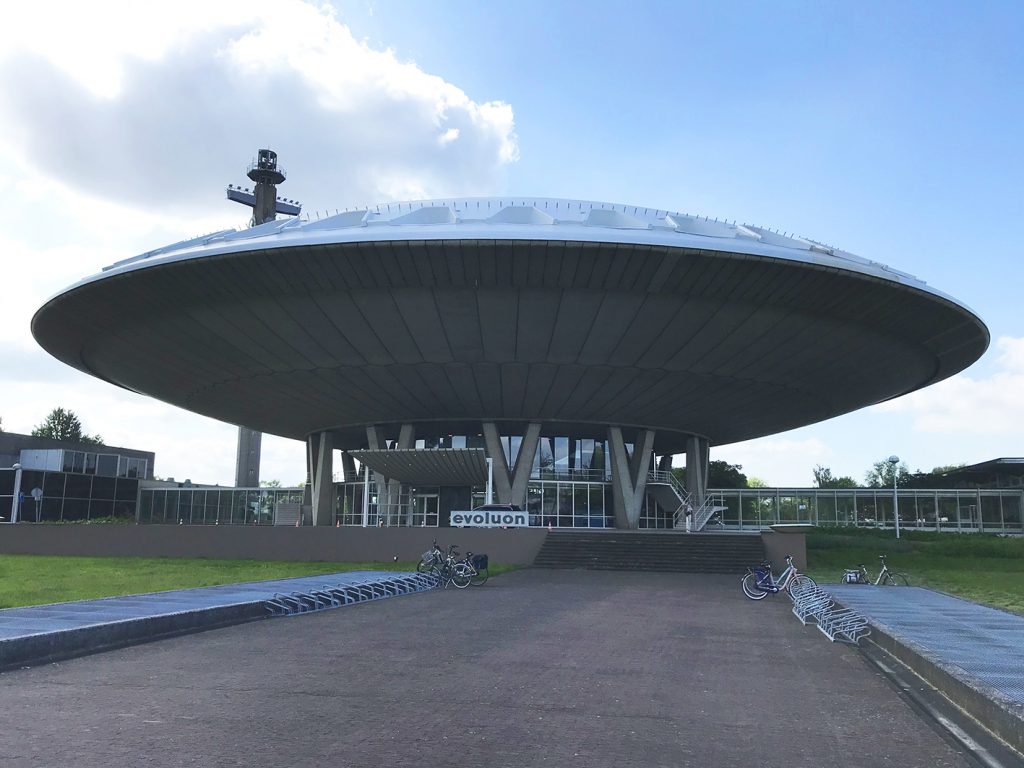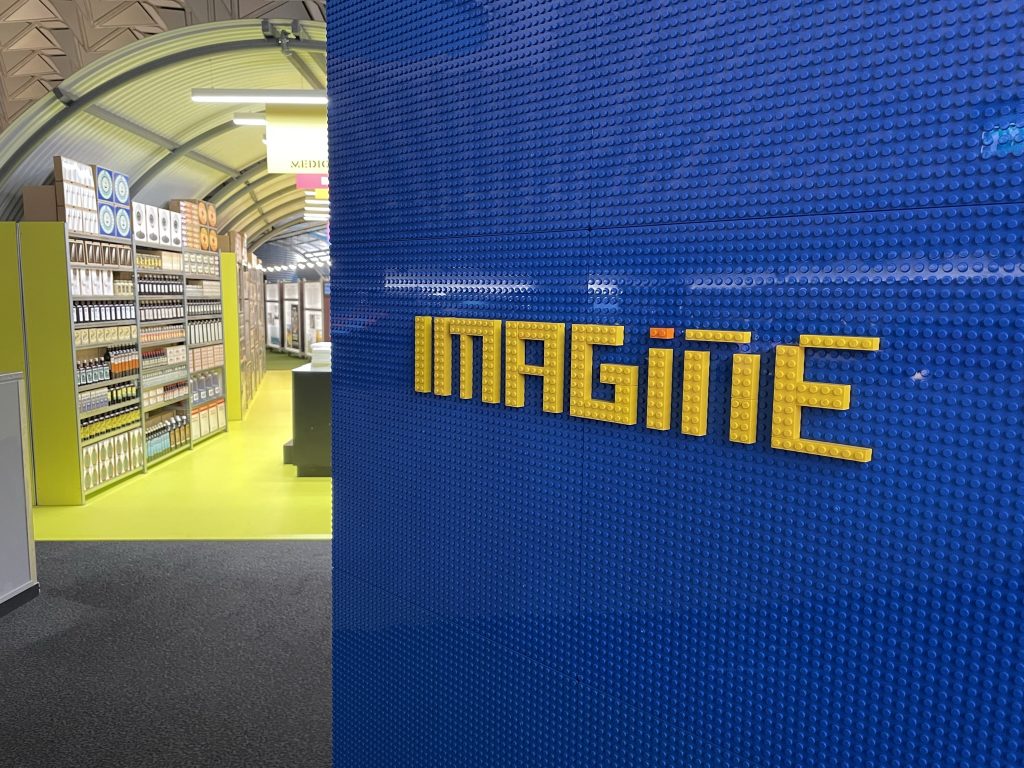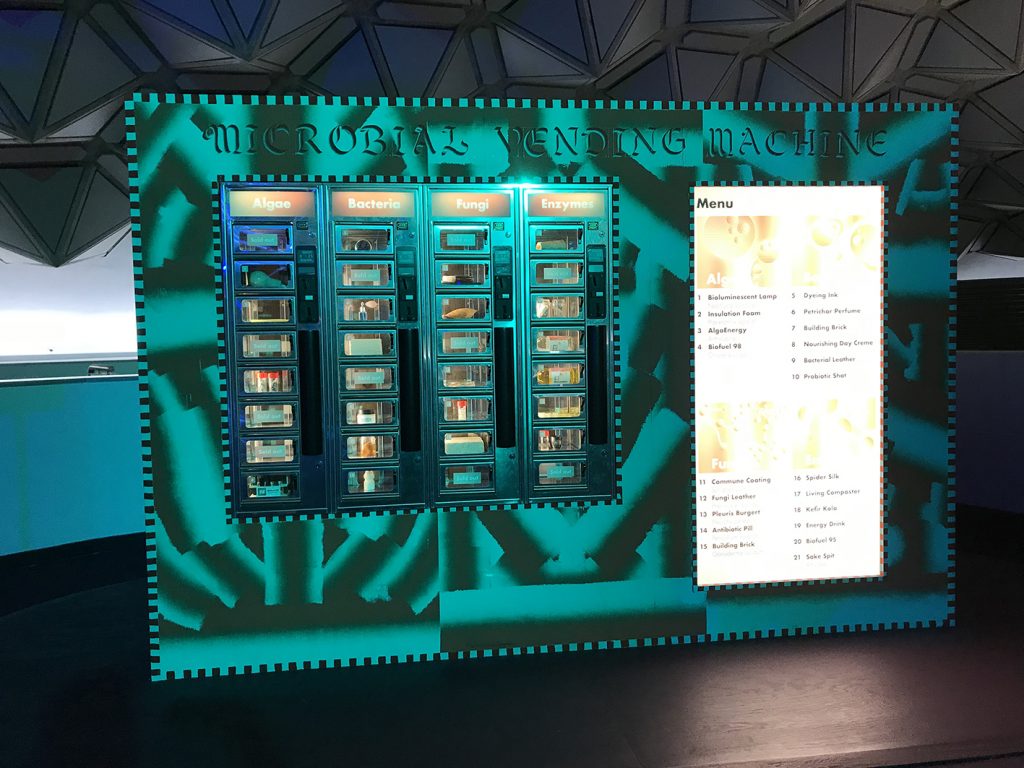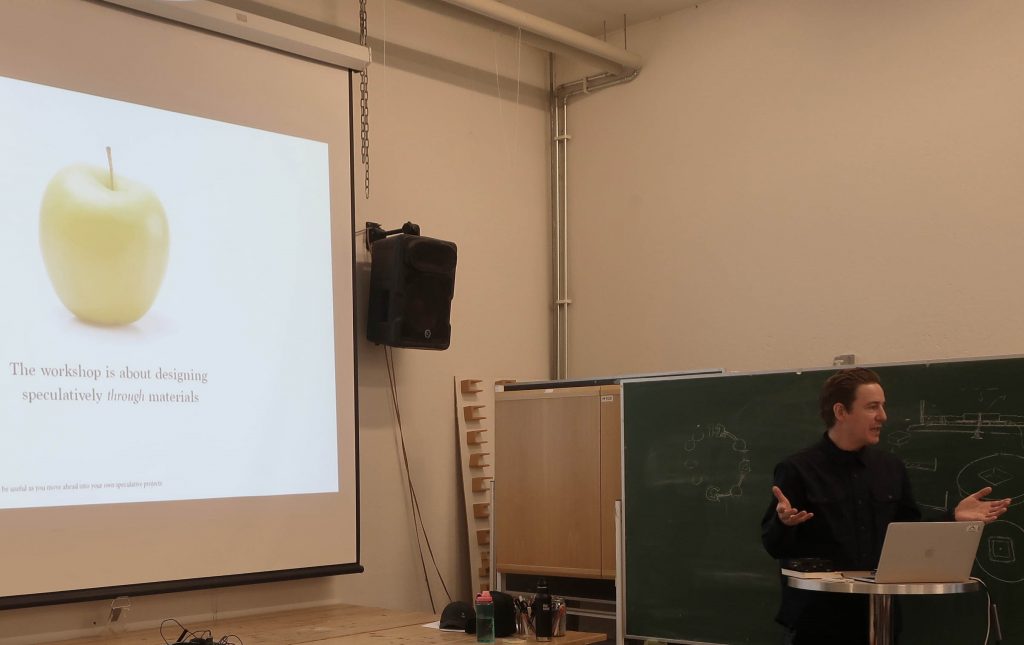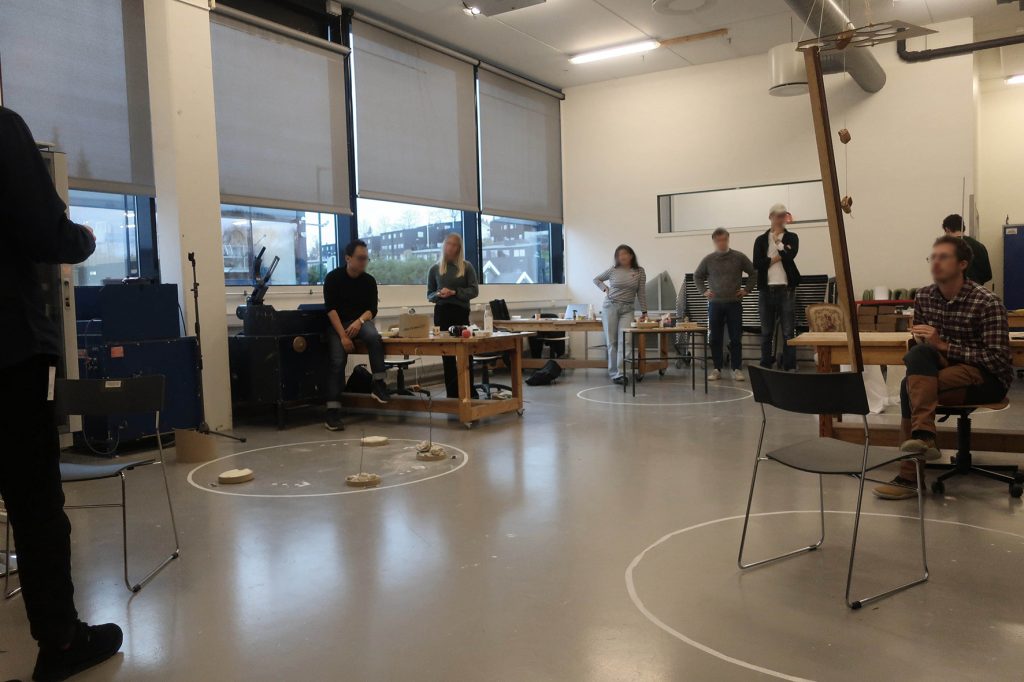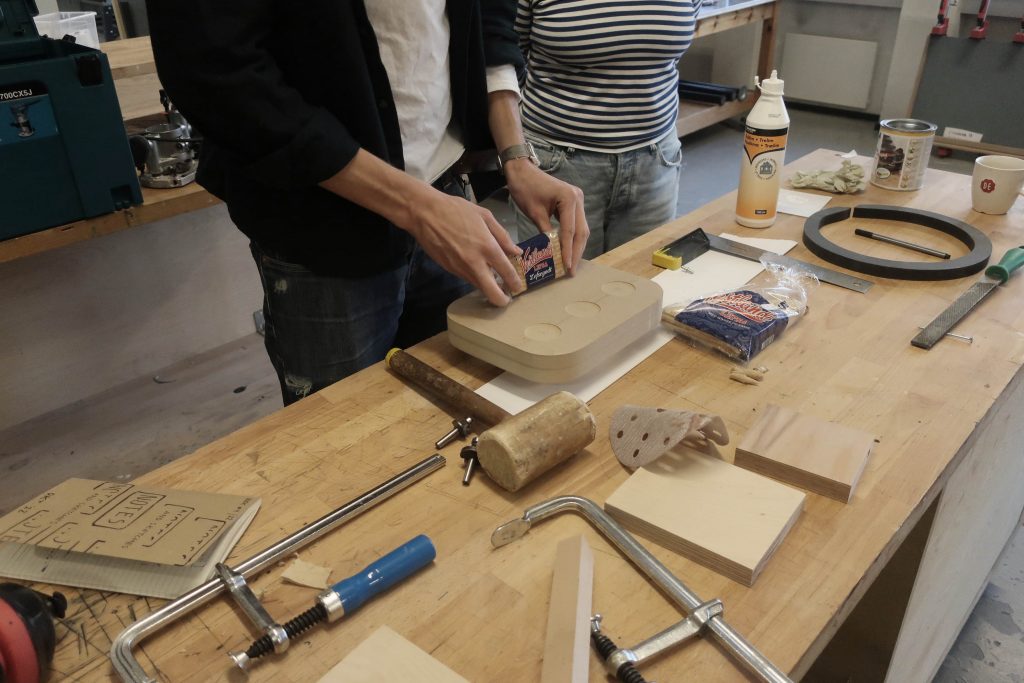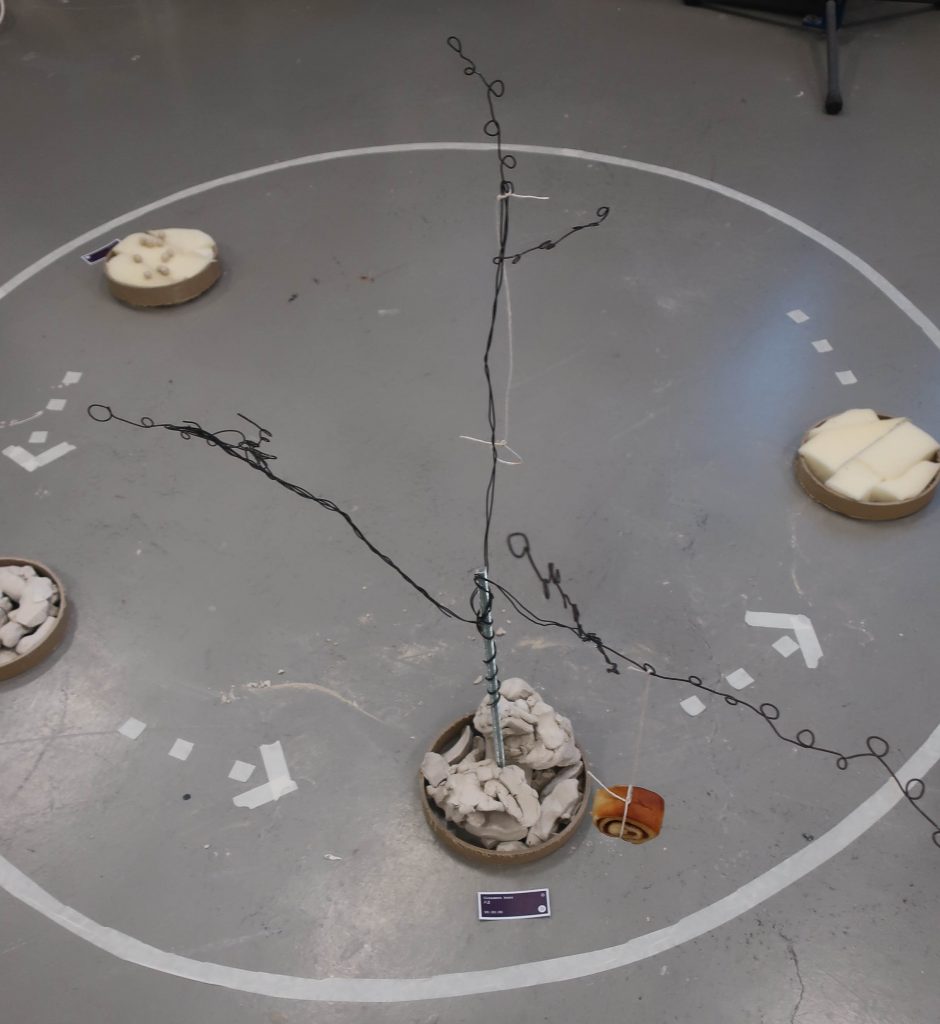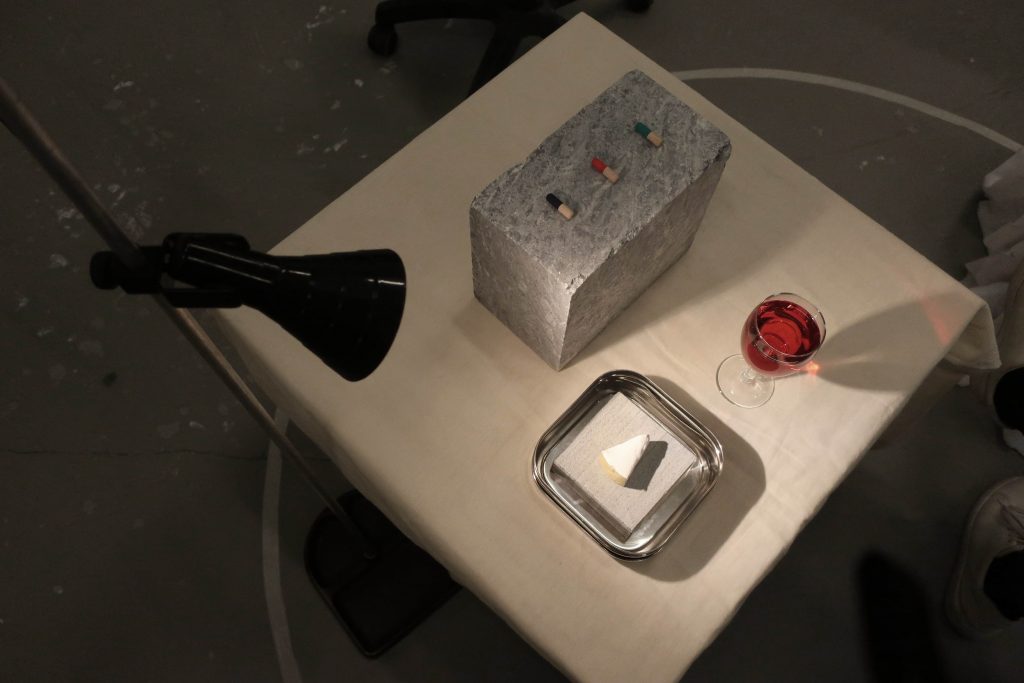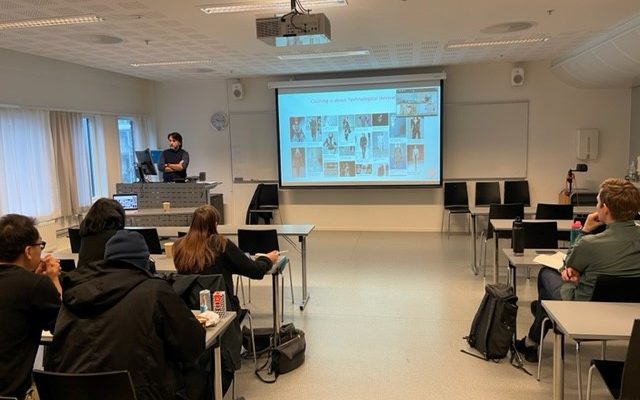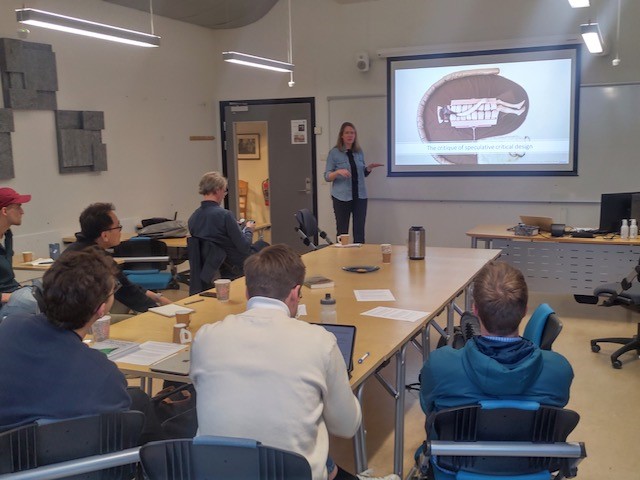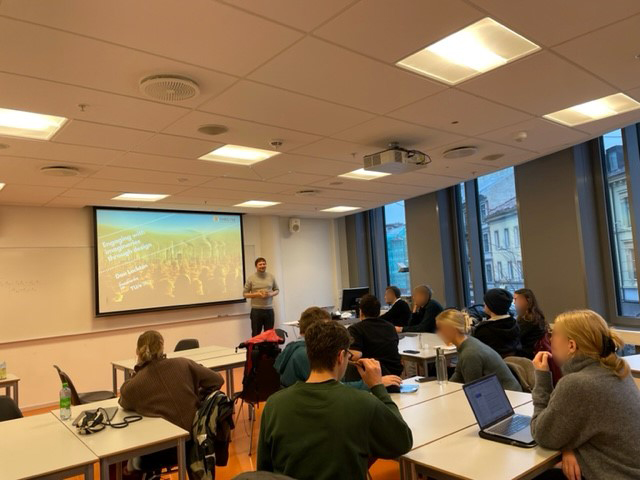The Ecology of Imaginaries is a glossary developed as part of WP 1 MINE.
The glossary is a companion to the report Imagining Future(s): Mining Literacies of Sustainable Consumption, by Justyna Jacubiec, Tamalone van den Eijnden, Lisbeth Løvbak Berg, Virginie Amilien,
Rick Dolphijn and Mimesis Heidi Dahlsveen.
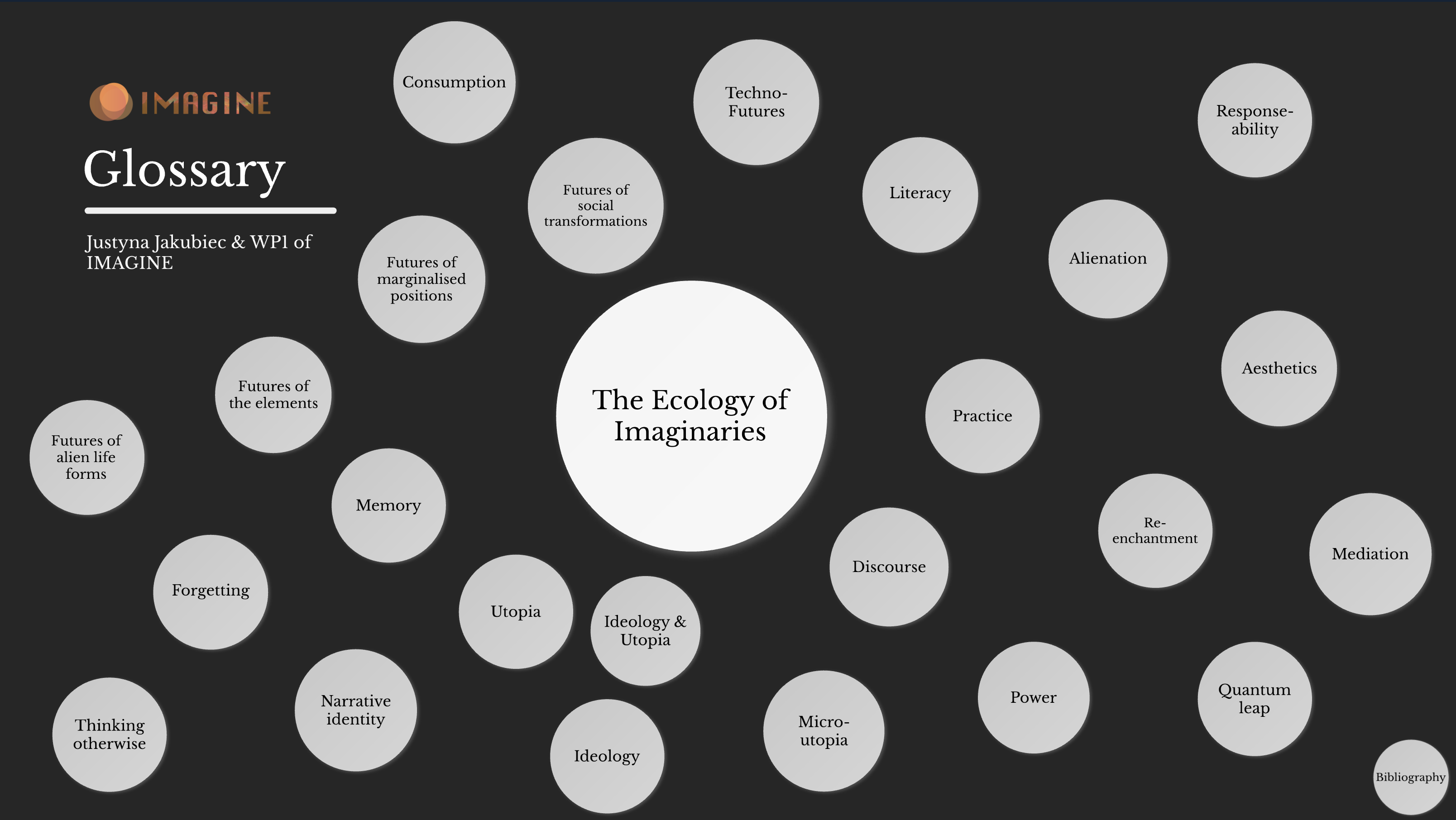
It is a repository of concepts with which the authors worked during the research. It is inspired by Pau Ricoeur’s writings on imagination and the imaginary and aims to open a space for dialogue by engaging with different concepts and creating new ones.
In this work, it is emphasised that imagination should not be seen as only present in the human mind, as if siolated from the world. Instead it is scattered, ecological, productive and creative.
The process of imagining is a
negotiation with our thoughts, written and spoken words, social relations, habits, practices, other human and more-than-human entities and material assemblages we are a part of and dwell in
Jacubiec et al., 2024
View the full glossary here (Prezi.com).




